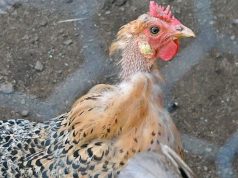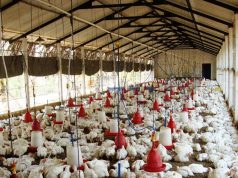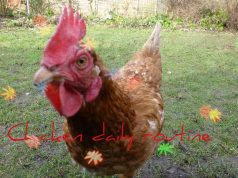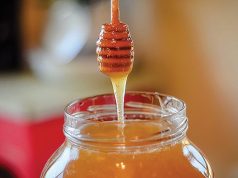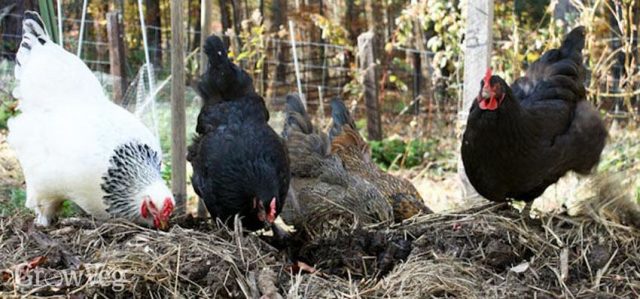
When people buy their first chicken, they immediately expect to see fresh, backyard eggs as a reward. However, eggs are not the only reason why many people keep chickens. Chickens are unique animals even though many people don’t perceive them as such and they can be perfect livestock companions for small or large-scale permaculture design.
What is Permaculture?
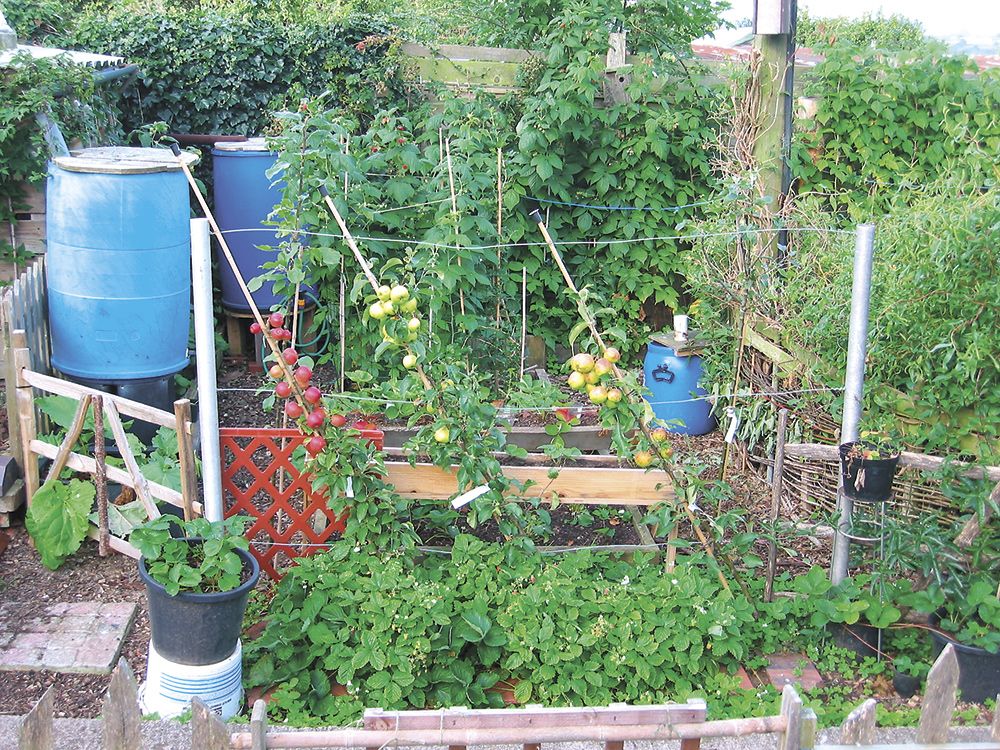
It is an ecological design method which allows farmers to get as much as possible from their gardens or landscape with less work and fewer resources. With the permaculture techniques, a gardener can design any space without years of labor and appliance of the toxic pesticides or chemical fertilizers. And who better to offer the definition of modern Permaculture than one of its founders, Bill Mollison.
He said: “Permaculture is a philosophy of working with, rather than against nature; of protracted and thoughtful observation rather than protracted and thoughtless labor; and of looking at plants and animals in all their functions, rather than treating any area as a single product system.”
Chicken Permaculture
Chickens have multiple functions in every household, and when their natural behavior is properly harnessed, the productive systems are created for the chickens to live in, and the gardeners will enjoy it. According to Jessi Bloom, the author of Free Range Chicken Gardens, you need to put the behaviors and the needs of your chickens first if you want to incorporate them into an edible landscape.
“If we look at the natural behaviors of the chicken, and how it survives in the wild, it’s not dependent on us to feed it or house it or protect it. Bloom says. “Chickens have survived in the wild as jungle birds for thousands of years. So if we look at where the chicken would thrive naturally, we can design a habitat that’s as natural for the chickens as much as possible.”
“In permaculture, we try to build a habitat that will address the needs of the animal while providing a yield for people, too. And what we find is that a food forest of mixed, perennial edibles that mimics that an original jungle habitat is an ideal place for them, allowing the chickens to get their needs met, like jungle birds do, with less grain and commercial inputs from us.”
Meanwhile, Paul Wheaton, permaculture teacher and the founder of Permies.com agrees with such opinion to a certain extent. He says: “A jungle comes complete with polyculture foods chickens love, all year long, including fresh greens, bugs, fruits, grains and more, However, if you live in a northern climate, winter makes it difficult to truly replicate this jungle-type environment.” According to Wheaton, pastured poultry paddocks are the healthiest way to maintain a flock of chickens. The flock will shift from one paddock to another, as the vegetation and insect population is eaten down, which will give enough time for paddocks to recover.

Bloom warns that it is possible that you have too many birds, despite what some people are saying. Bloom says: “There are only so many animals the land can support in a regenerative manner. Bloom says. “Fifty chickens kept in 50 square feet will destroy the soil, but 50 chickens kept on 50 acres aren’t going to make a dent. So you have to find that balance.”
Below, you can find five suggestions Bloom offers to small-space gardeners who want chickens into their edible landscape.
Fence Before it is Too Late
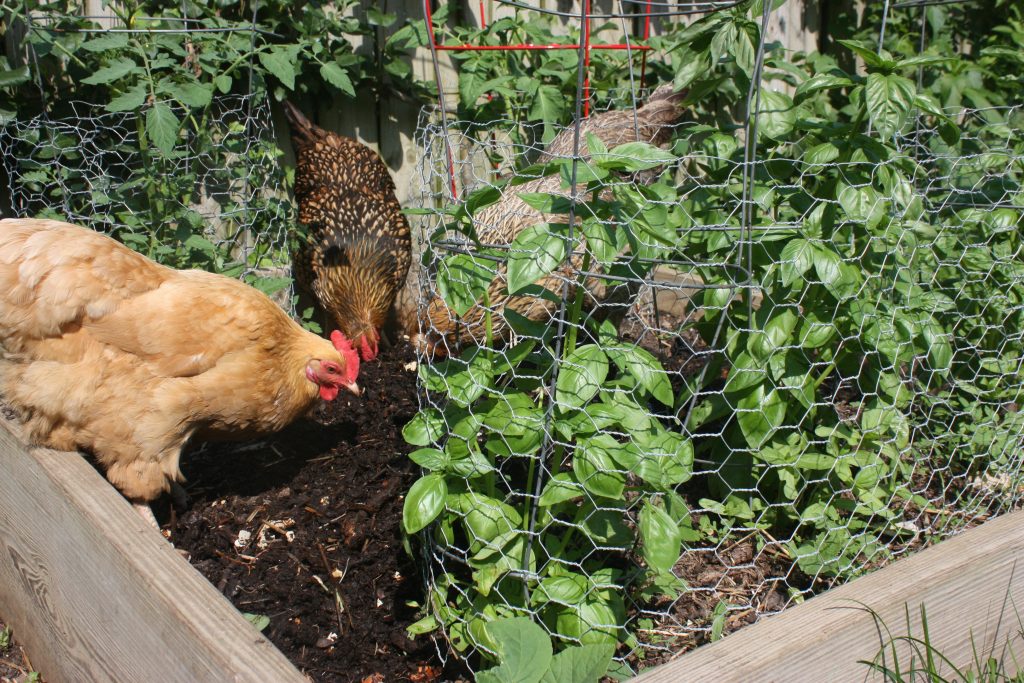
The fences will keep your chicken away from the patios and all of the vegetable starts. Raise a higher fence, just in case.
Net highly desirable plants
If you love to eat something, your chickens will love that as well. Bird netting will protect your blueberries, cherry tomatoes, cherries and other garden treats from getting eaten.
Part-Time Ranging
Supervised or limited-time free range is something you will have to do. The birds will be able to access the pests in your garden, and after some time of free-ranging, they will return to the coop instinctively.
Train them
You can actually train your birds to come to you when you offer them food rewards. They are easily trainable, but you will need patience.
Here are the recommended numbers according to Bloom.
A small Urban Lot, Less than 7,000 square feet – 3 to 5 hens
A suburban lot from 7,000 to 13,000 square feet – 5 to 8 hens
A large suburban or rural lot, more than 13,000 square feet – 8 to 12 hens or more
Permaculture chickens are something you shouldn’t do without. They are the ideal animals for all the permaculturalists who want to start incorporating animals into the systems.

